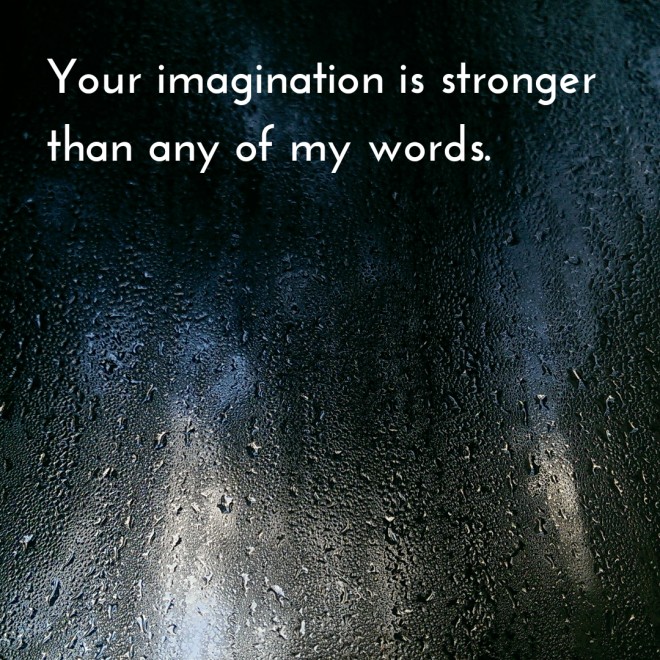In a recent thread I mentioned that it might be time for a discussion about writing descriptions. This is a topic that's dear to me, and which I find fascinating. How do you put images into the mind of the reader?
I'll start us off with an image from a blog post I wrote for my own blog a while back:

I believe that within the fantasy genre there's a fondness, not least among writers, for vivid and intricate descriptions that dazzle the reader with visions of worlds beyond time and dream. You know, the cool stuff.
It's fun to write descriptions like that, but it can also be difficult. It's easy to lay it on too thick, or to miss something important, or distract from the story.
We often talk about how to write. Whether or not to use certain kinds of words. How to achieve a consistent voice or a tight point of view. Should I write in first person or in third? Past or present?
Only rarely, I find, do we talk about how we read.
Specifically, how does the human mind transform words on a page into stories in our minds?
Imagination. Association. First impressions. Expectations. Pattern recognition. Creative thinking.
There's some crazy stuff going on in that warm squishy mess behind our eyes. Science doesn't know half of it, but that doesn't mean we can't wonder about it, or try and put it to use when writing.
Make the reader do the work.
Can we write in a way that encourages the reader to create their own image of what we're telling them? Should we? How?
My opinion is that we can. My opinion is also that you should do what you feel like and take my ramblings on the matter with a pinch of salt.
How then?
Well, that's a good question, isn't it?
I'll start us off with an image from a blog post I wrote for my own blog a while back:

I believe that within the fantasy genre there's a fondness, not least among writers, for vivid and intricate descriptions that dazzle the reader with visions of worlds beyond time and dream. You know, the cool stuff.
It's fun to write descriptions like that, but it can also be difficult. It's easy to lay it on too thick, or to miss something important, or distract from the story.
We often talk about how to write. Whether or not to use certain kinds of words. How to achieve a consistent voice or a tight point of view. Should I write in first person or in third? Past or present?
Only rarely, I find, do we talk about how we read.
Specifically, how does the human mind transform words on a page into stories in our minds?
Imagination. Association. First impressions. Expectations. Pattern recognition. Creative thinking.
There's some crazy stuff going on in that warm squishy mess behind our eyes. Science doesn't know half of it, but that doesn't mean we can't wonder about it, or try and put it to use when writing.
Make the reader do the work.
Can we write in a way that encourages the reader to create their own image of what we're telling them? Should we? How?
My opinion is that we can. My opinion is also that you should do what you feel like and take my ramblings on the matter with a pinch of salt.
How then?
Well, that's a good question, isn't it?

 Vala
Vala
 Myth Weaver
Myth Weaver Inkling
Inkling